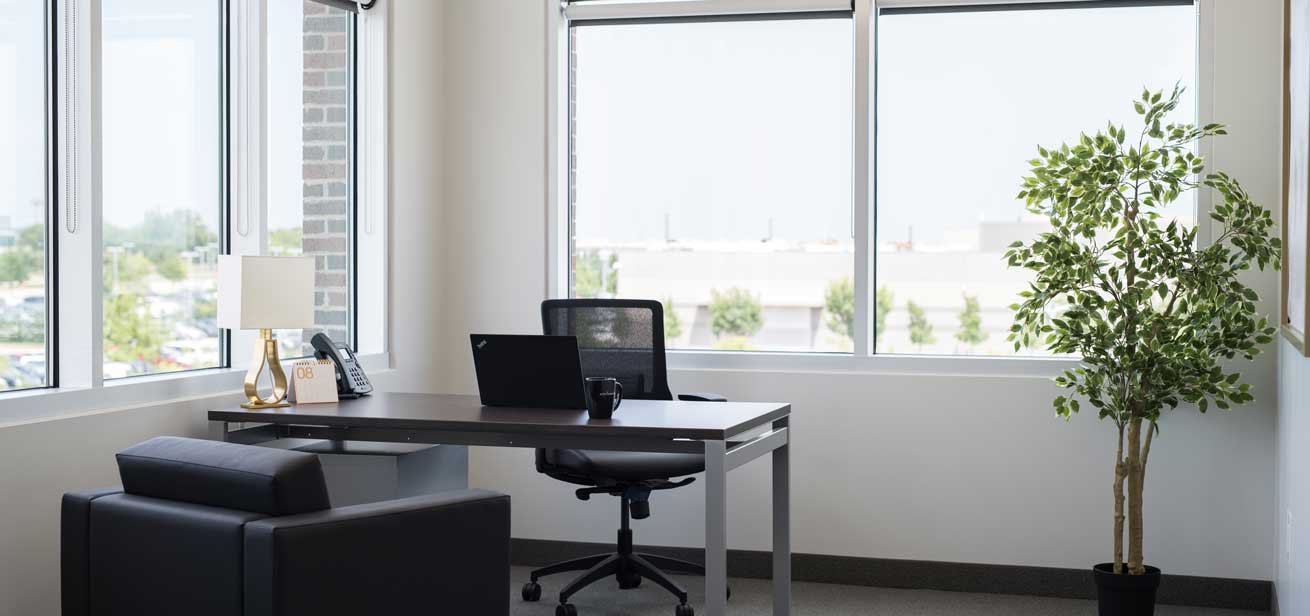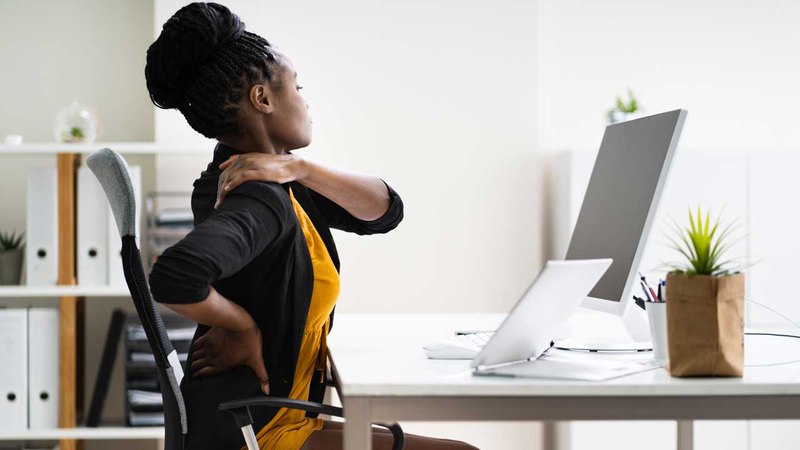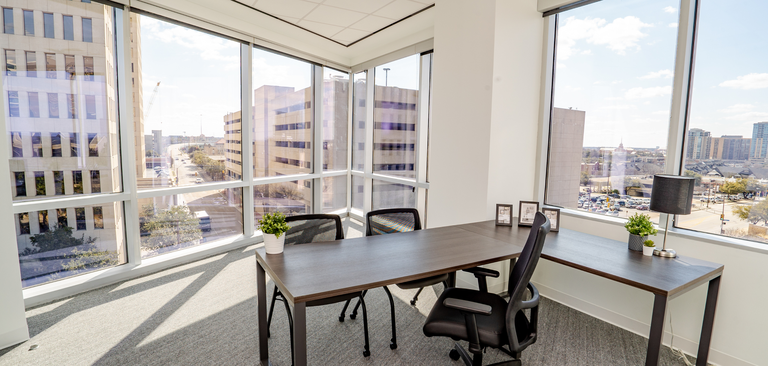
Ways to Reduce Back Pain at Work in a Chair
Many of us spend 8 hours in a sitting position, and back pain becomes an inevitable companion of our life. In this article, we will discuss the ways for dealing with back pain at work in a chair.
You were made to move. According to a study by Vanderbilt University, the average individual spends around 55% of their waking hours sitting. Despite this, a sedentary lifestyle has been shown to cause significant back issues and other major health issues, for example office desk back pain. Too much time spent in one posture can generate stiffness and strain in the spine, which can lead to a short-term or even long-term ailment of the lower back. Our coworking space cares about your health, so we have collected the best tips on preventing back pain at work in a chair.
So, How to Prevent Back Pain at Work And Help Your Body?
Many of us spend at least eight hours a day in front of a computer or in front of a monitor at work or school, causing back pain from sitting at a desk all day. The way we set up our workspace, how we sit, and how much exercise we get all put our spines in danger.
Luckily, we can do something to fix these issues.

Here are some suggestions for how to prevent back pain at work as well as some personal habits to keep your spine healthy.
Adjust Your Workspace
Adjusting your work environment is the first step in taking proper care of your back. Regardless of whether you work at a desk or another form of workstation, you should adjust the height so that you can comfortably sit there for long periods of time without becoming tired and looking for ways to reduce office back pain.
Once you've identified the ideal desk height, you'll need to choose the right office chair for back pain. Keep in mind, however, that having an ergonomic chair is not enough to protect your back. Even if you use an ergonomic chair like a kneeling chair or a Swiss exercise ball, you will still need to modify it to your own body dimensions.
Adjust Chair Height
To choose the best way to sit with lower back pain, you need to sit as close as you can comfortably get to your desk. Place your hands on the top of your desk with your upper arms parallel to your spine. Your elbows should be bent at an angle of 90 degrees. If your elbows hang below the top of your desk, raise or lower the height of your chair until your arms are at the right angle. This will help to reduce upper back pain from sitting at the computer.
Adjust Armrests
The best chair has armrests that can be moved so that they lift your shoulders just a little bit that will help you to avoid desk back pain. This will not only make your upper back and shoulders feel better, but it will also make you less likely to slump forward.
Adjust Backrest
Make a fist and put it between the back of your calf and the front of your chair with your back against the backrest. If you can't make a fist, the backrest of your chair is too far back and needs to be moved forward. If the back of your chair can't be moved, you can support your lower back with a cushion or a rolled-up towel. Additionally, keep in mind that doing office stretches for lower back pain is one more effective way to help your body and wellness.
Determine Eye Level
The cause of back pain from sitting at a desk can also be the wrong position of the monitor in relation to your eyes. Close your eyes for a few moments while you're still sitting in your chair. Then slowly open them. As soon as you open your eyes, you should look at your computer screen or the place where most of your work will be. If this area is not at your eye level when you are at rest, or if you feel like you are tilting your head up or down, you will need to make changes to find the best sitting position for lower back pain.

Practice Posture to Deal With Desk Back Pain
Even though the way your office chair and desk are set up is important, keeping your spine healthy also means using your muscles to maintain the right posture. Thanks to this you will be able to eliminate problems with your back pain at work in a chair or avoid them in the future. When you slouch forward or backward, you put stress on your back's muscles, ligaments, discs, and other parts. Over time, sitting with bad posture can put more stress on other parts of your body, such as your shoulders, arms, and legs and provoke desk back pain.
To maximize your comfort, the best sitting position for lower back pain is to sit as close as possible to your desk with your head up, your upper arms parallel to your spine, and your hands on your work surface at a 90-degree angle. Your legs should be at a 90-degree angle, right above your ankles. If you set up your workspace according to the tips above, you will already be in the right place and have no problems with back pain at work in a chair in the future.
Improve Your Wellbeing with No Office Back Pain
Most of our waking hours are spent sitting at a desk or in a classroom, whether at work or school. So office back pain can accompany you long before your employment. Your lifelong stress levels can be dramatically reduced by making a few little changes to your job and personal routines. Even if you're not working, you should remember that sitting too much is bad for you.
Therefore, you must also make modifications in other aspects of your life to ensure that your back receives the proper care. By choosing a coworking space like CityCentral as your next office space, you will have access to sit-to-stand desks and adjustable office chairs for ultimate comfort!


